 Abraham Lincoln
If given the truth, the people can be depended upon to meet any national crisis...
Abraham Lincoln
If given the truth, the people can be depended upon to meet any national crisis...
 Guildford news...
for Guildford people, brought to you by Guildford reporters - Guildford's own news service
Guildford news...
for Guildford people, brought to you by Guildford reporters - Guildford's own news service
Birdwatcher’s Diary No. 275
Published on: 18 Mar, 2023
Updated on: 18 Mar, 2023
By Malcolm Fincham
Cold weather was never too far away during the first weeks of March.
Yellow snow warnings had become a regular announcement by the Met Office mostly in northern regions of UK, giving me some concerns whenever I heard the mention.
Being of a certain age I couldn’t help recalling a 1976 Frank Zappa song lyrics whenever the weather forecast mentions such events.
“Watch out where the huskies go, And don’t you eat that yellow snow”.
By March 8 the cold white stuff had crossed the Surrey border overnight bringing our first snowfall of the year.
At St Mary’s churchyard at Perry Hill, Worplesdon, as the snow had already begun to turn to sleet, I was at least able to capture a few pictures as it began to thaw.
A firecrest continued to attempt to feed about the hollies there.
While several redwings snuffled about in the soft soil beneath the snow, seeking worms.
Still in the parish of Worplesdon, at Britten’s Pond, off Salt Box Road, on the same dull and overcast day the regular sighting of a male kingfisher continued.
On the pond among the half a dozen or so black-headed gulls still present a pair of lesser black-backed gulls had made an appearance.
A few cormorants on occasions continued to circle the pond, although put off from landing by sighting of anglers fishing the water.
Still in a flock, a group of goldfinches briefly settled atop of a weeping willow on one of the islands.
A pair of Egyptian geese continued to make regular visits.
While several pairs of Canada geese were actively chasing each other around the pond.
A pair of long-tailed tits I had been observing continued to fly back and forth with nesting material and had almost completed their nest building operation.
My personal highlight, as always, was to get a few photos of the male kingfisher that had been wintering there. An added bonus was the delight to see and get a few photos of a female kingfisher that had arrived within a few days of the middle of the month, recognised by her orange lower mandible.
Regularly, they could be viewed as they skimmed like miniature Exocet missiles over the water, calling as they flew, showing another sign that spring had taken another step forward and their territories had merged, indicating the start of their breeding season.
At the Riverside Nature Reserve near Burpham during the first weeks of the month, looking out to the scrape near Stoke Lock a small group of five wintering wigeon could still be viewed.
Unusually, none of the usual shoveler ducks were present, while as many as four gadwall could be viewed.
Along the river a pair of grey wagtails had made a return from their wintering hideouts.
While on one of the warmer days, at least two chiffchaffs could be seen flitting back and forth over the river, catching insects.
Also adding to my sightings were at least three greenfinches, ‘wheezing’ from the trees along the river.
Treecreepers were now actively calling along the treeline between the river and the boardwalk area.
Viewing out across the winter wetland area at Burpham Court Farm on the other side of the River Wey, a group of 50 or more wigeon could be seen in flight over a secluded flooded scrape, eventually relocating back on to the water.
Adding to a group of teal and a few shoveler present.
Nearer to view, a common buzzard perched up in a dead oak tree in the field.
A visit to the farmlands at Shackleford was once again a therapeutic one, if only to listen to the skylarks singing.
Linnets and goldfinches continued to fly in loosely associating flocks, well in excess of a few hundred individuals.
While groups of wintering redwings continued their presence.
 With the addition of a few fieldfares.
With the addition of a few fieldfares.
I was also able to add a few more pictures of the elusive wintering corn buntings.
As well as getting another sighting of one of the little owls in an oak tree across the fields.
And several red kites continued to circle the landscape.
At Cutt Mill Pond, Puttenham, a few goosanders continued to winter, early in the month.
A visit by long-time friend Steve http://www.highlandwildlifesafaris.co.uk/ on a brief trip south from his home in Aviemore, Scotland, for his 60th birthday celebrations inspired us, in the company of Bob and Dougal, to visit Farlington Marshes in Hampshire. This helped to add a few more species sightings to Steve’s UK year listings.
For me it was also a good opportunity to snap a selection of photos of species I rarely have the opportunity to photograph within the Surrey borders.
Brent geese soon to make their 2,500 mile journey back to their Siberian breeding grounds were still present and in good number.
The short-eared owl I saw on my previous visit was still present.
Also still present was a Dartford warbler
A large ‘fling’ of dunlin were being pushed up on the rising tide.
While oystercatchers are always a favourite of mine to photo when in flight.
A new addition to my year’s sightings and always pleasant to see were several Mediterranean gulls.
Back in the Surrey Hills area, and on a last-ditch attempt to find Steve a marsh tit before his return to Scotland, we visited the bird-feeding station by the cafe at Newlands Corner.
A healthy number of blue tits bustled about the feeders there.
And even a few great tits.
And after much patients… Yes! Even a marsh tit.
By March 15 a variety of summer migrant birds had already begun to arrive in the southern most counties of the UK.
In Surrey, sightings of wheatears, sand martinis and house martins were among the latest recordings.https://surreybirdclub.org.uk/#latestpost:sightings
And fingers crossed, I will add a few new species to my sightings in the coming days.
Responses to Birdwatcher’s Diary No. 275
Leave a Comment Cancel replyPlease see our comments policy. All comments are moderated and may take time to appear. Full names, or at least initial and surname, must be given.
Recent Articles
- Police Operation Puts Drug Gang Members Behind Bars
- Letter: Report on Councils’ Collaboration Benefits Has Been Over-hyped
- Council Tenants Unhappy With the Way GBC Handles Their Complaints
- Declaration Marks 750th Anniversary of a ‘Dark Day in Guildford’s History’
- Letter: For Democracy to Work We Need to Engage
- Reported Council Collaboration Savings Contested By Opposition Councillors
- Suspect Arrested Following Collision with Pedestrian in Guildford
- Notice: Free Valuation of Stamps, Coins, Trading Cards and Gold, January 29
- Witness Appeal Following Serious Collision
- Flashback: Tills Rang Out as Festive Shoppers Flocked to Guildford


Recent Comments
- Michael Foster on Regulator Finds ‘Serious Failings’ in GBC’s Council Housing Safety Compliance
- Dave Middleton on Council Tenants Unhappy With the Way GBC Handles Their Complaints
- Jane Austin on Reported Council Collaboration Savings Contested By Opposition Councillors
- Andrew Few on Memories Of The Young Eric Clapton at Guildford’s Harvest Moon Club
- George Potter on Reported Council Collaboration Savings Contested By Opposition Councillors
- Mike Smith on Surrey Councils Call on Residents to Recycle All Their Food Waste
Search in Site
Media Gallery
Dragon Interview: Local Artist Leaves Her Mark At One of England’s Most Historic Buildings
January 21, 2023 / No Comment / Read MoreDragon Interview: Lib Dem Planning Chair: ‘Current Policy Doesn’t Work for Local People’
January 19, 2023 / No Comment / Read MoreA3 Tunnel in Guildford ‘Necessary’ for New Homes, Says Guildford’s MP
January 10, 2023 / No Comment / Read More‘Madness’ for London Road Scheme to Go Ahead Against ‘Huge Opposition’, Says SCC Leader
January 6, 2023 / No Comment / Read MoreCouncillor’s Son Starts Campaign for More Consultation on North Street Plan
December 30, 2022 / No Comment / Read MoreCounty Council Climbs Down Over London Road Works – Further ‘Engagement’ Period Announced
December 14, 2022 / No Comment / Read MoreDragon Interview: GBC Reaction to the Government’s Expected Decision to Relax Housing Targets
December 7, 2022 / No Comment / Read MoreHow Can Our Town Centre Businesses Recover? Watch the Shop Front Debate
May 18, 2020 / No Comment / Read More



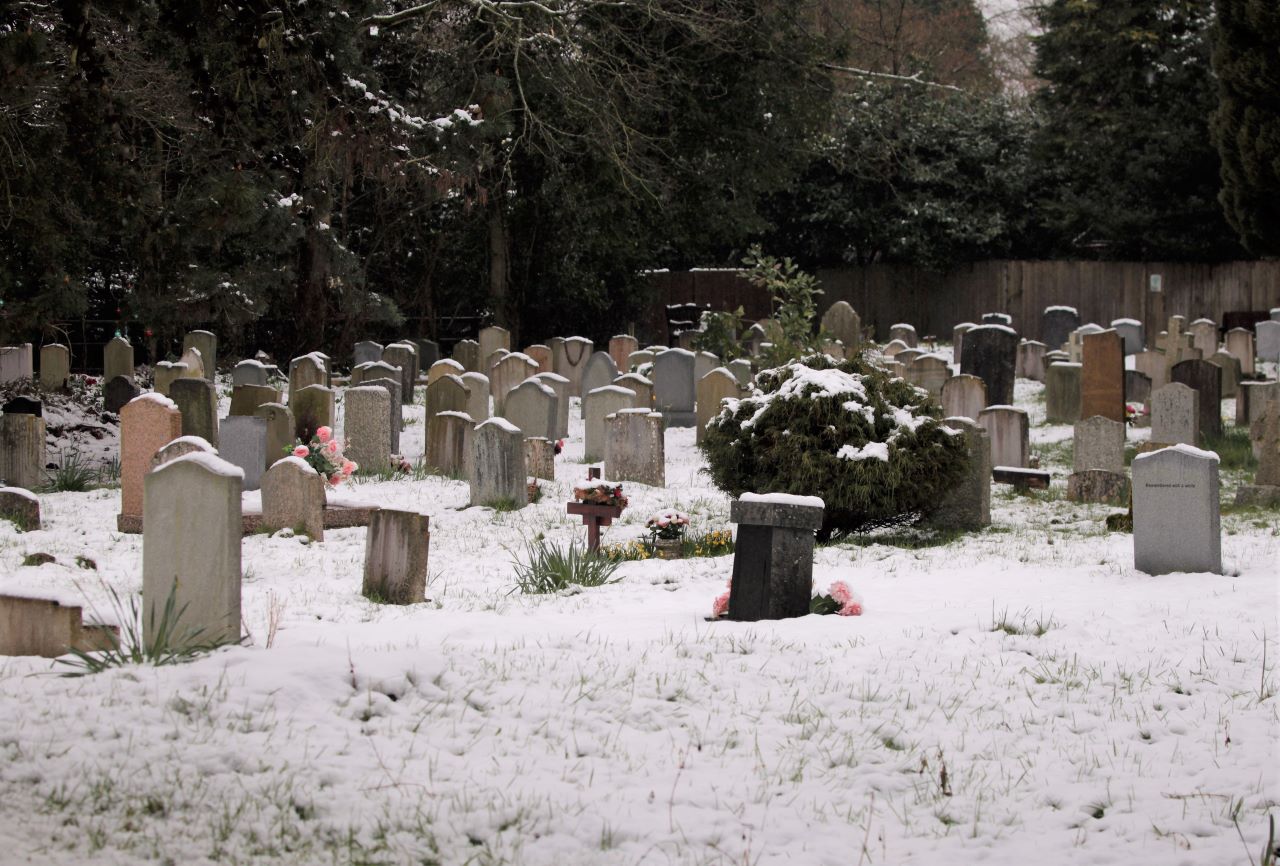
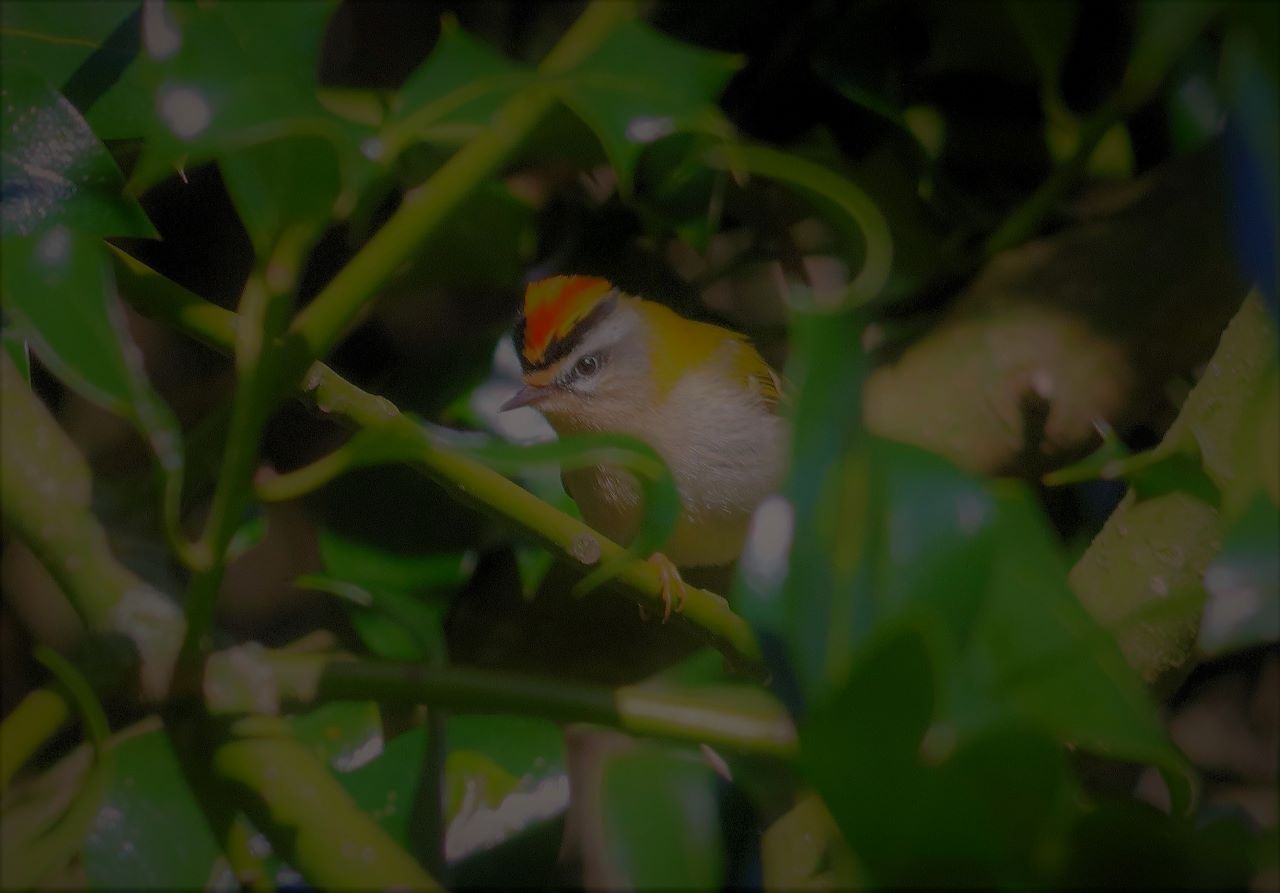
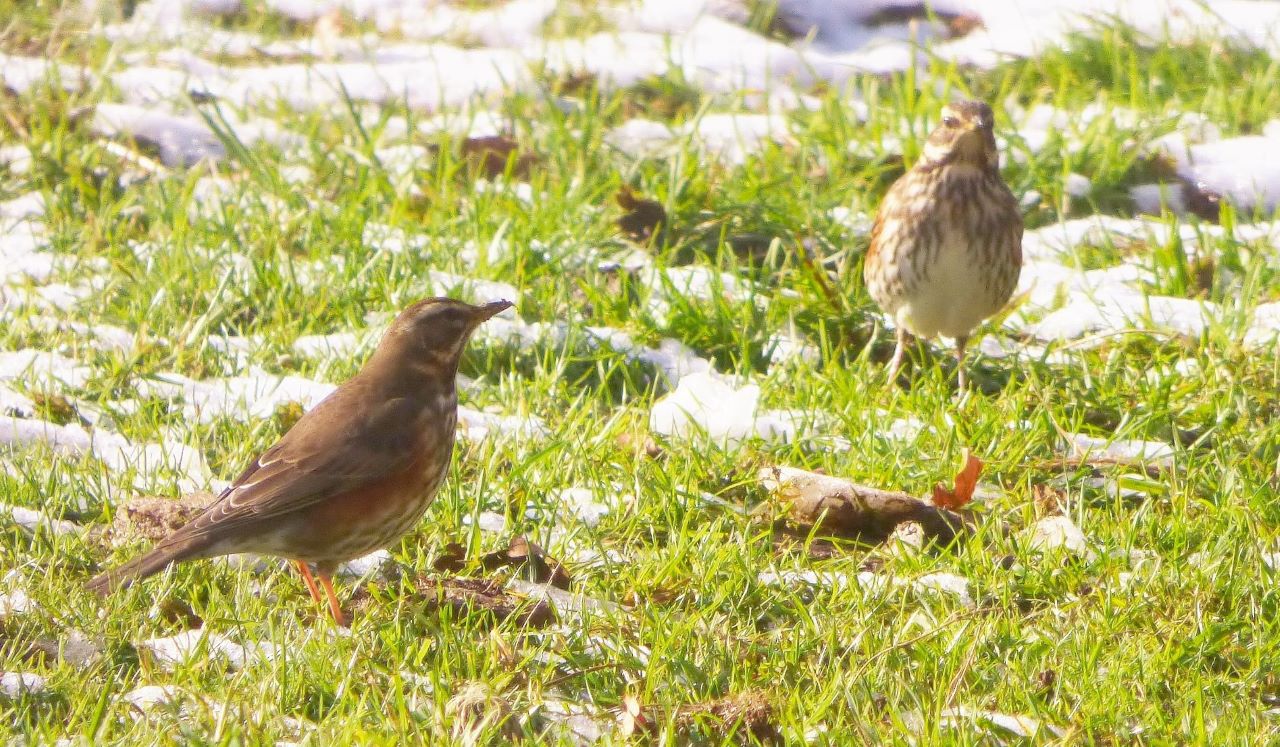



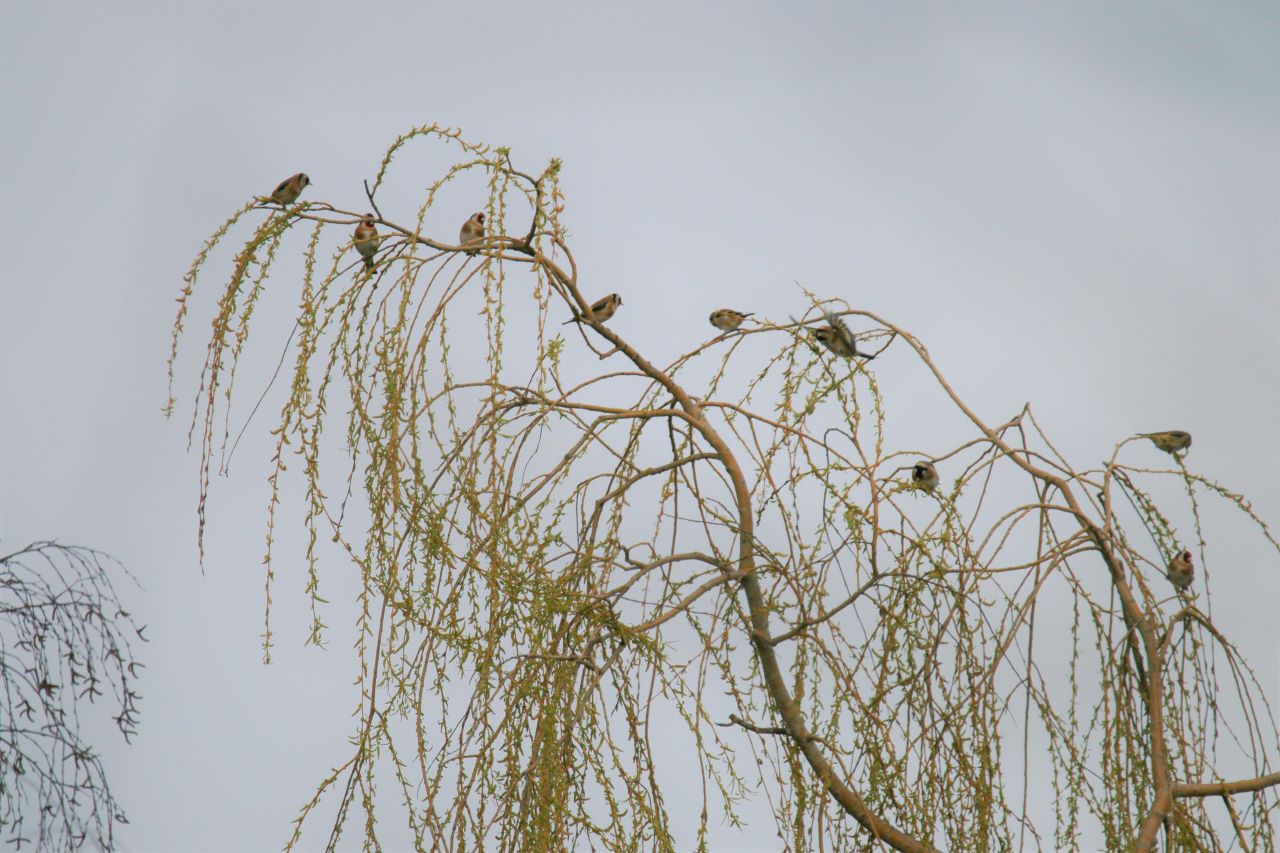


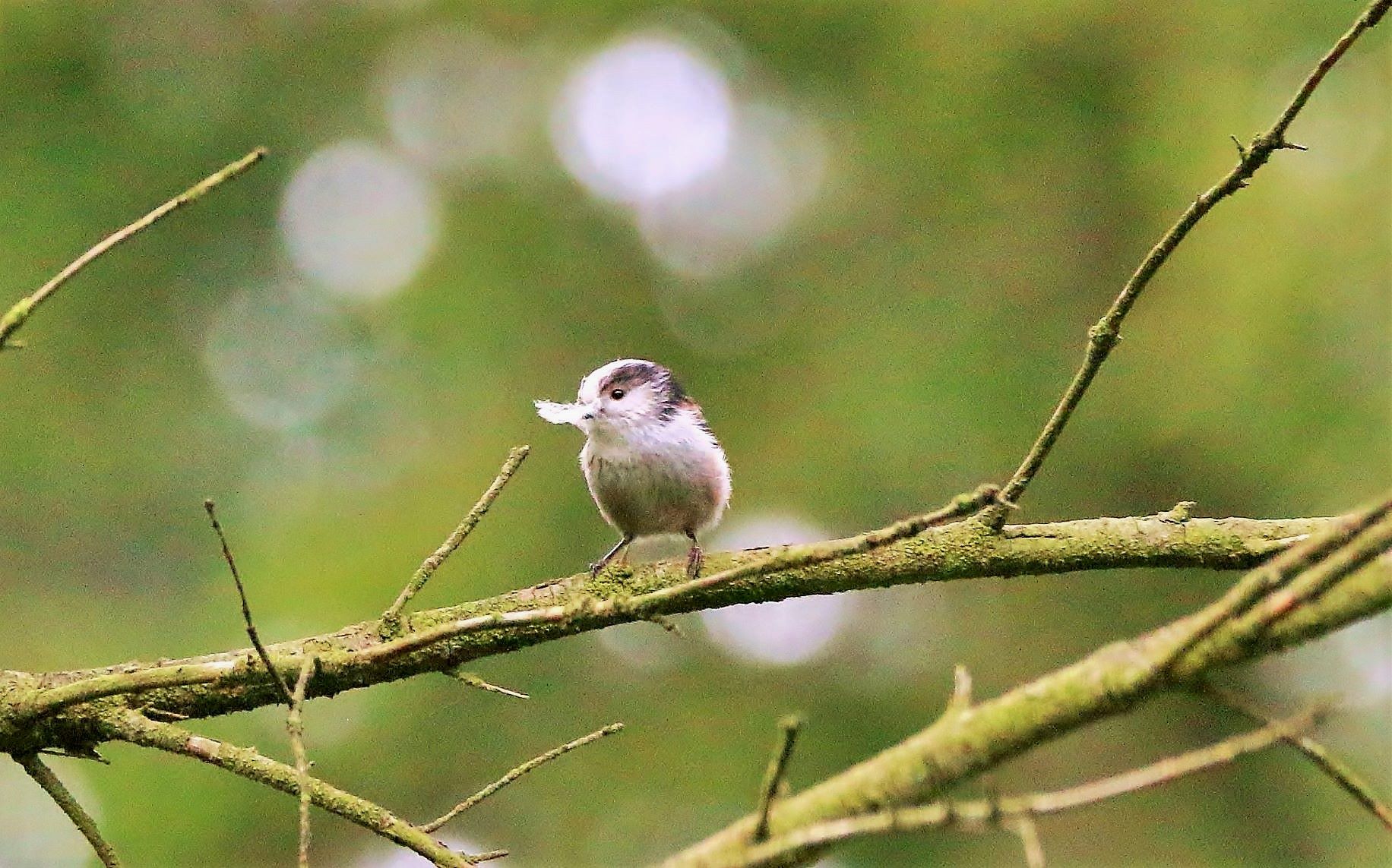
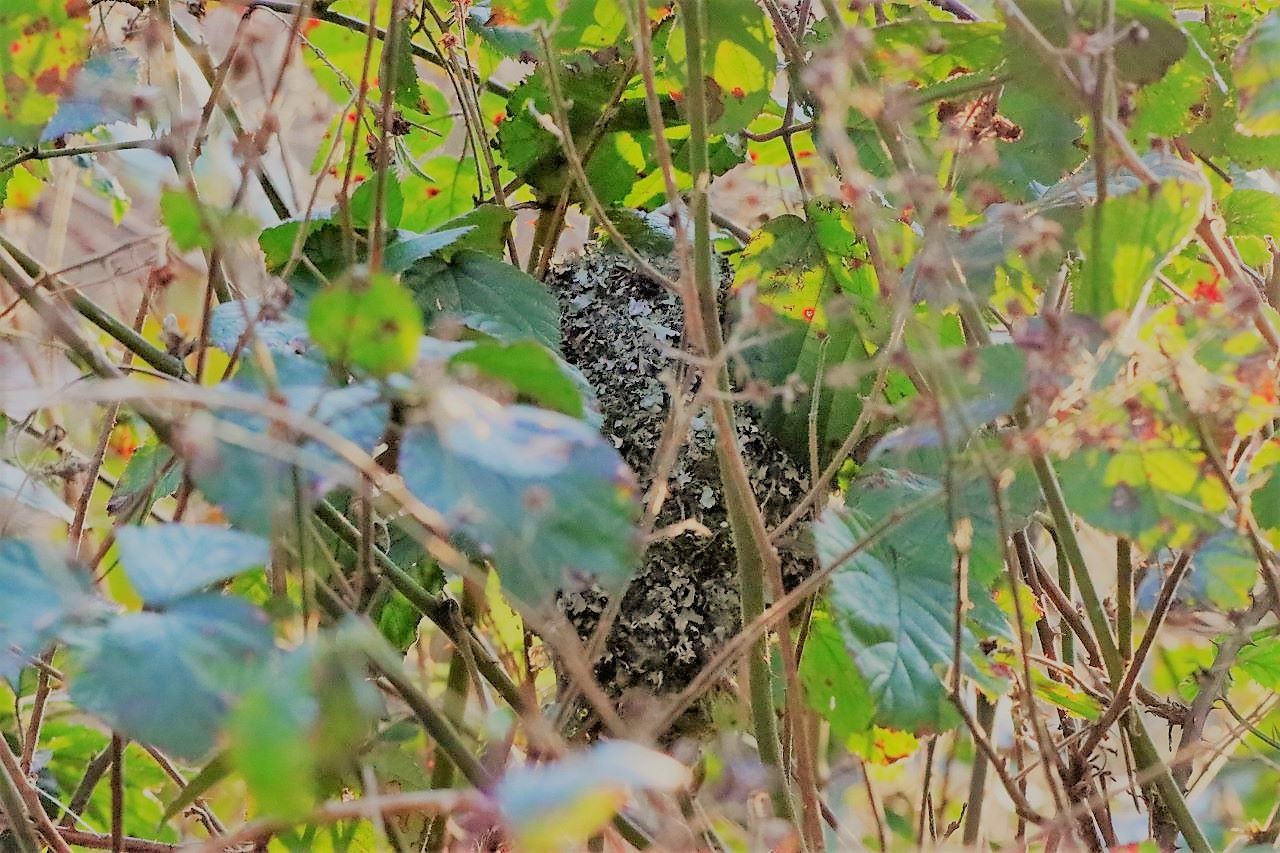
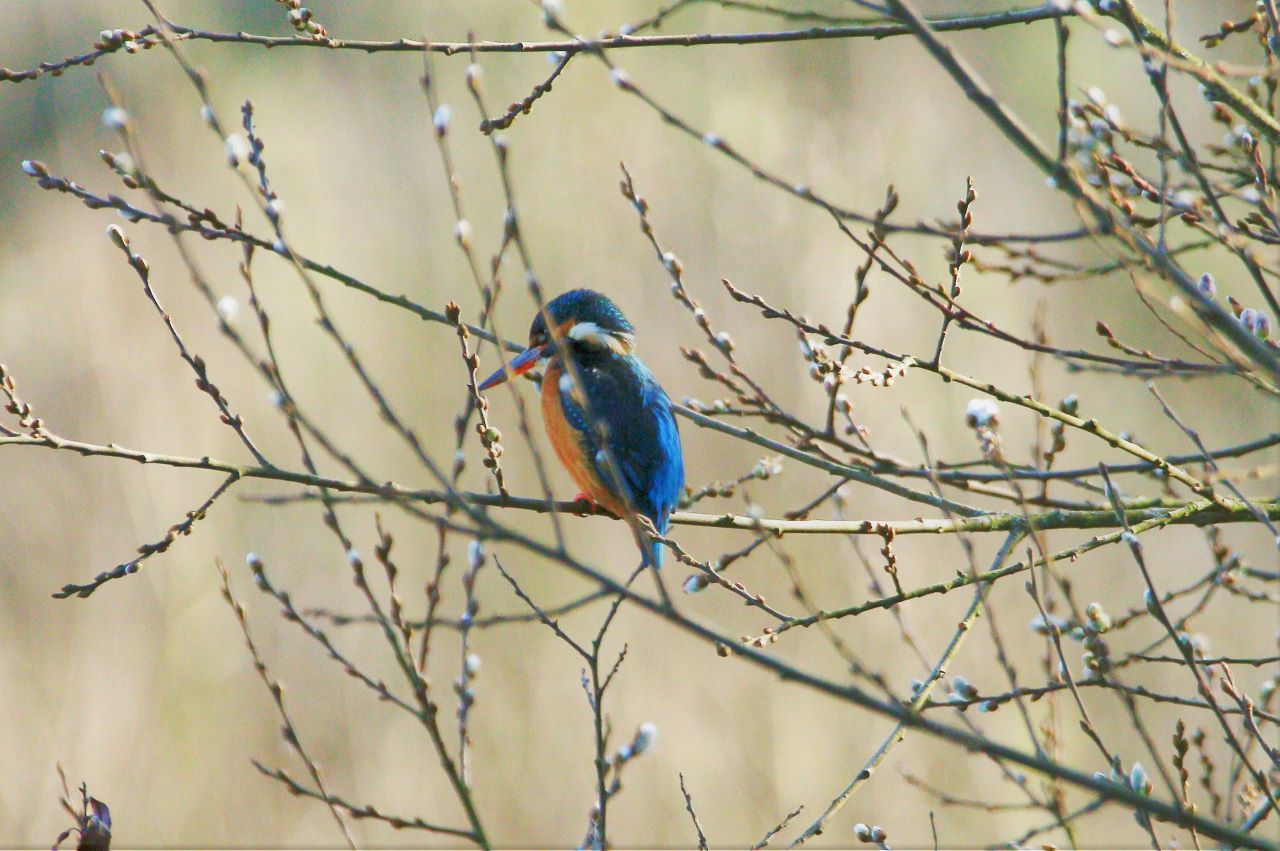





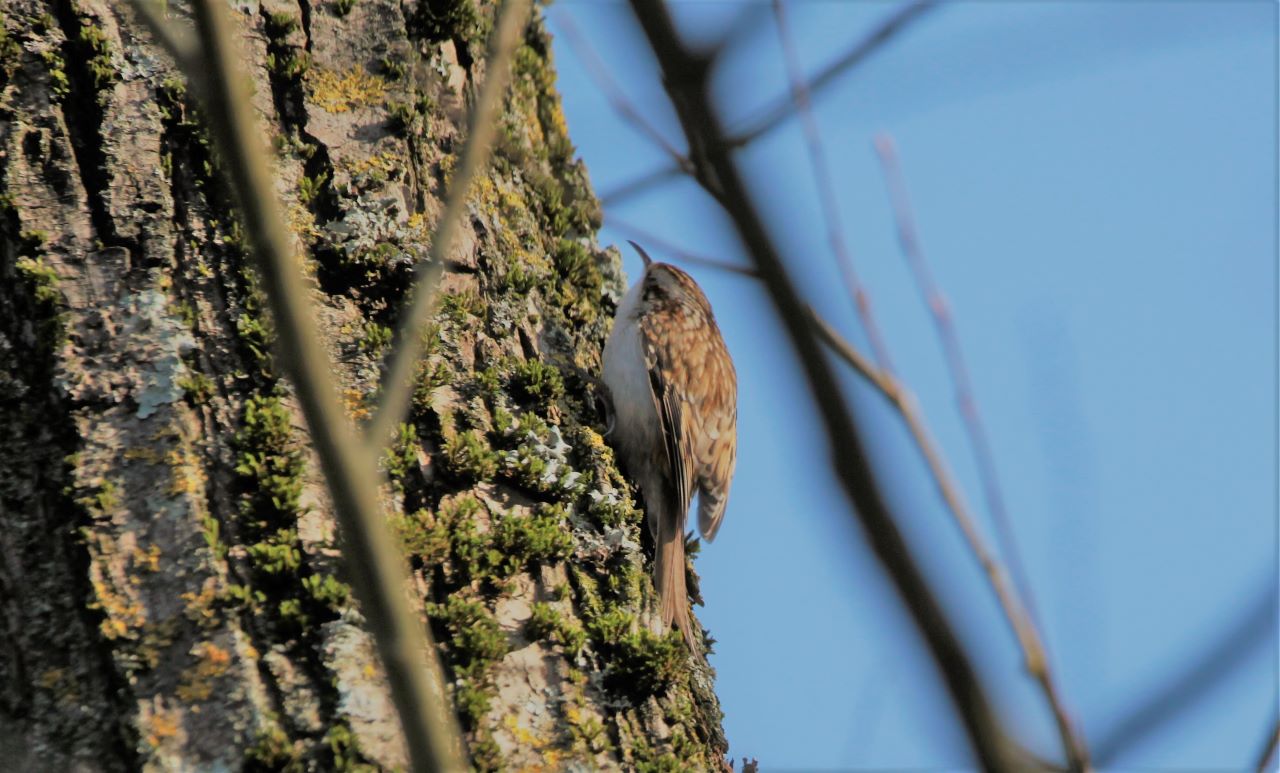


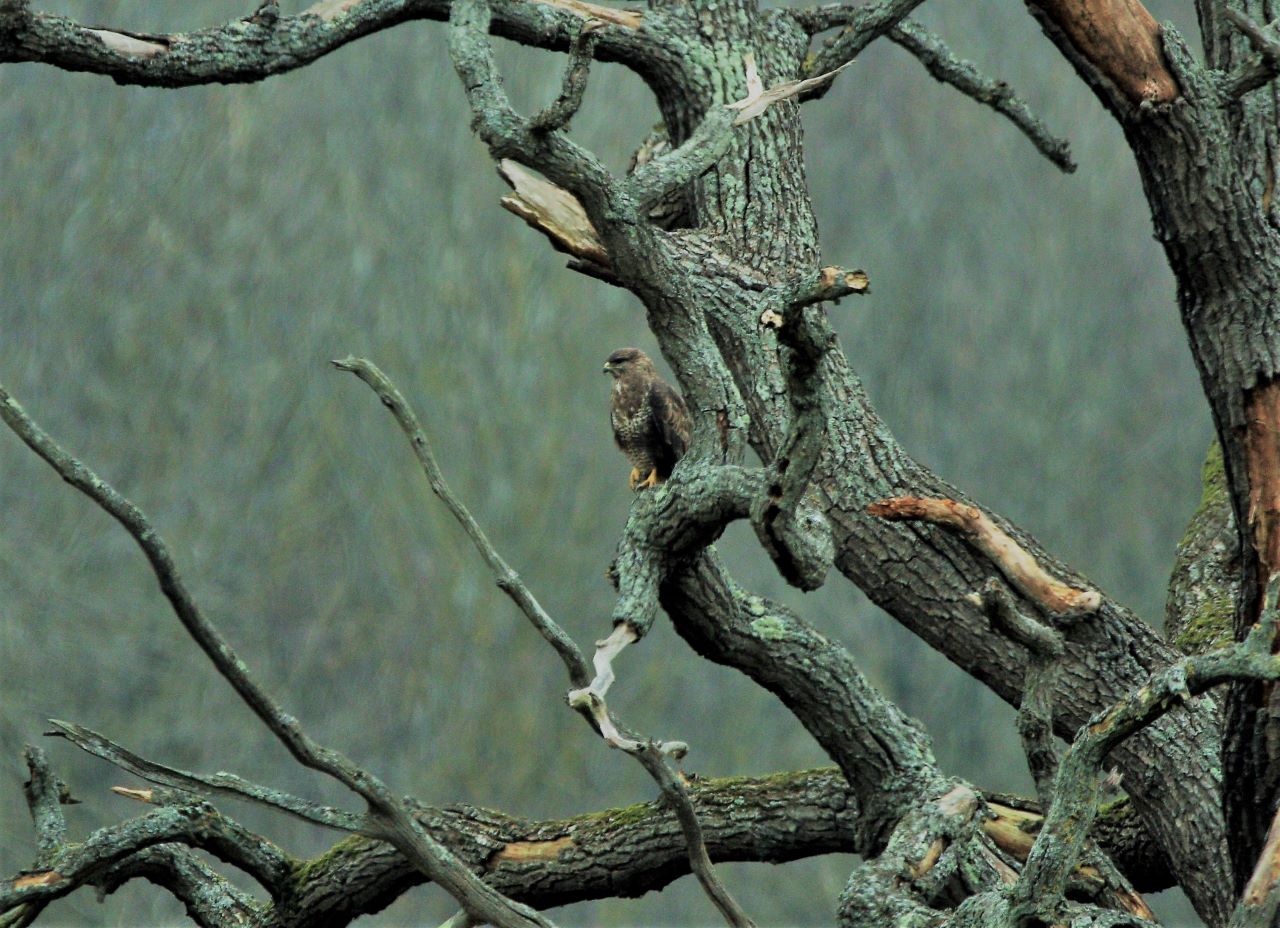
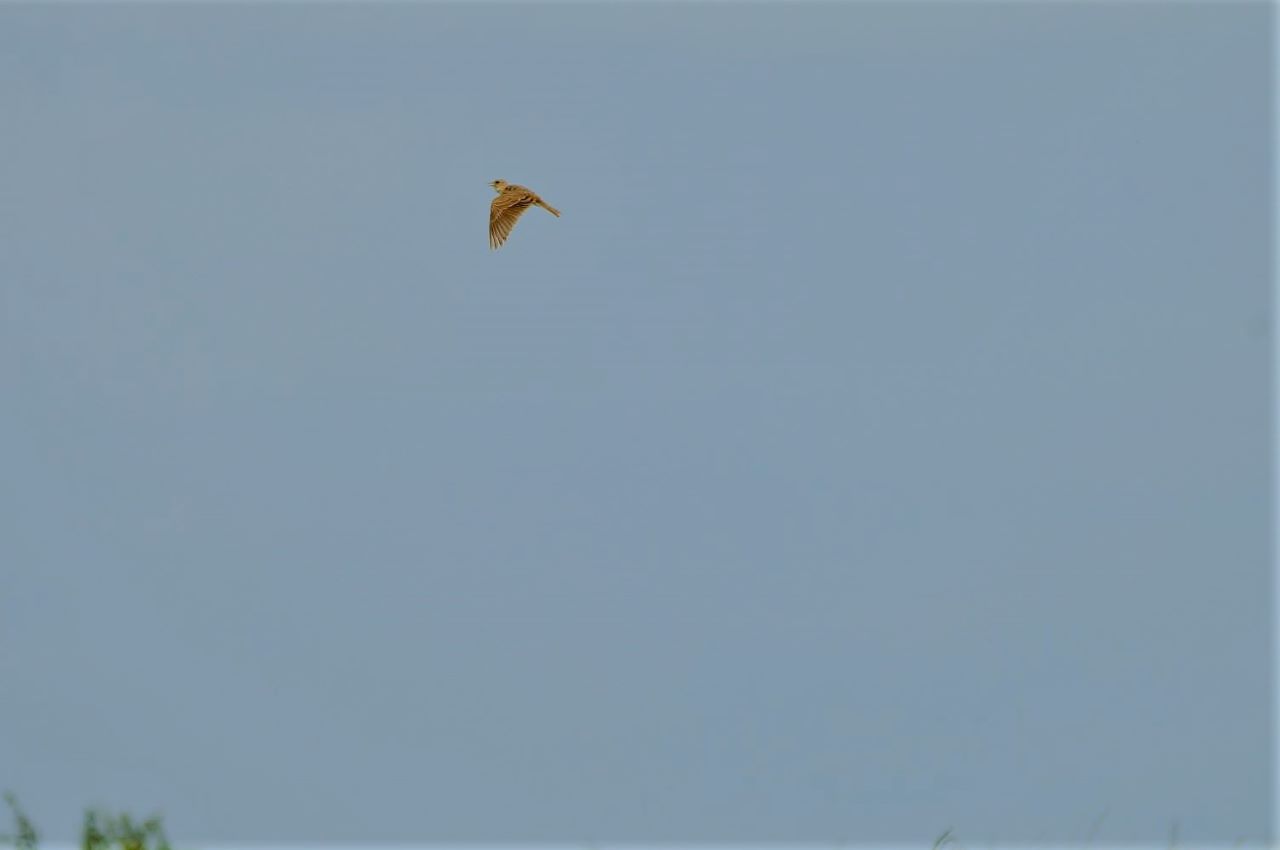

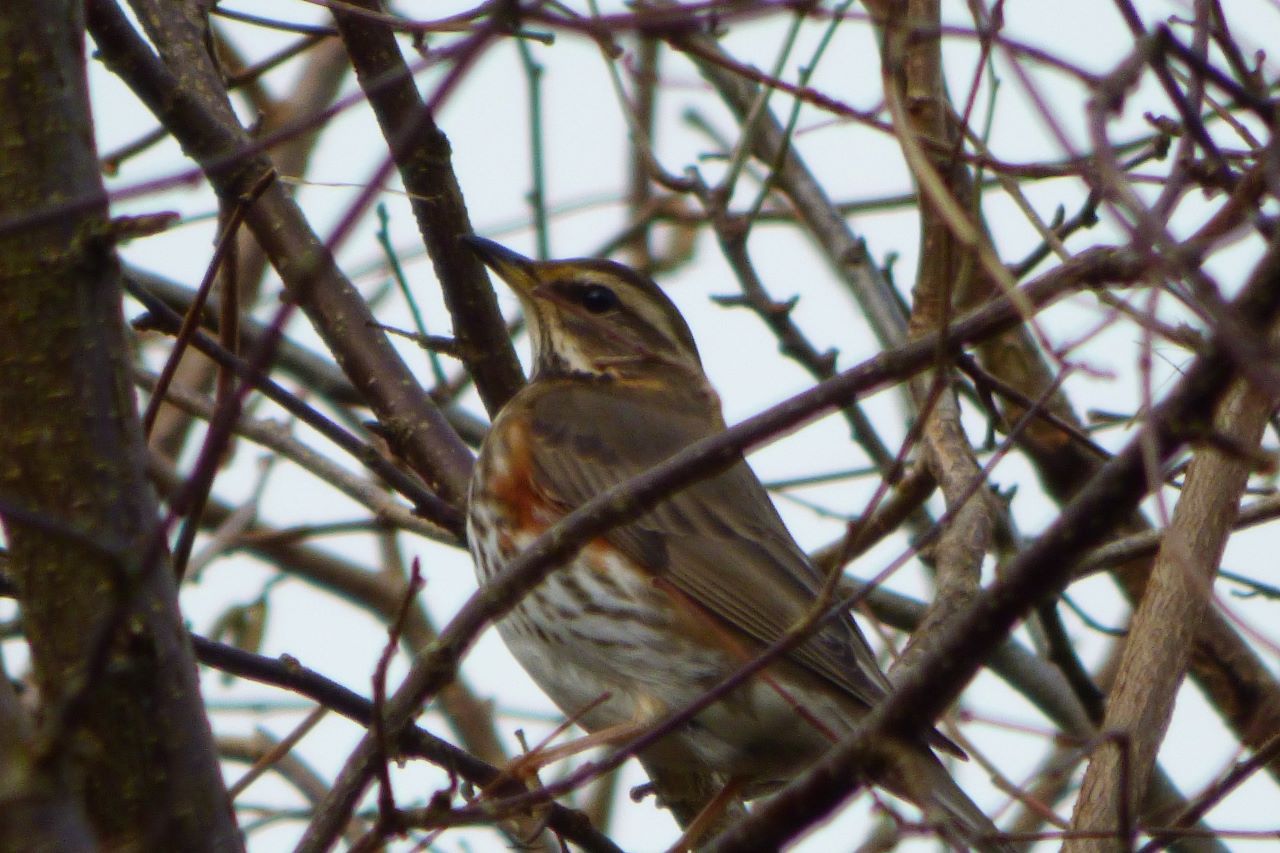


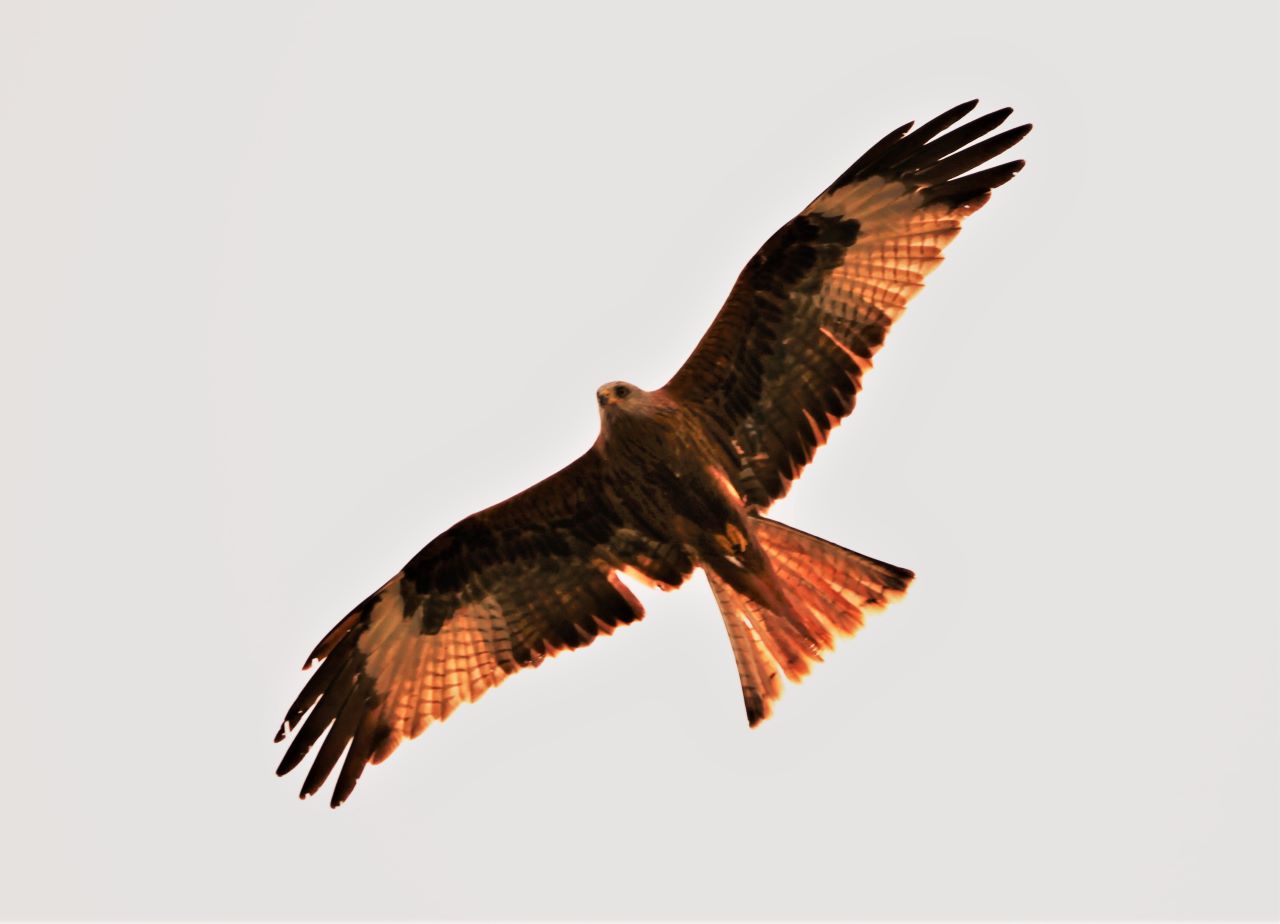
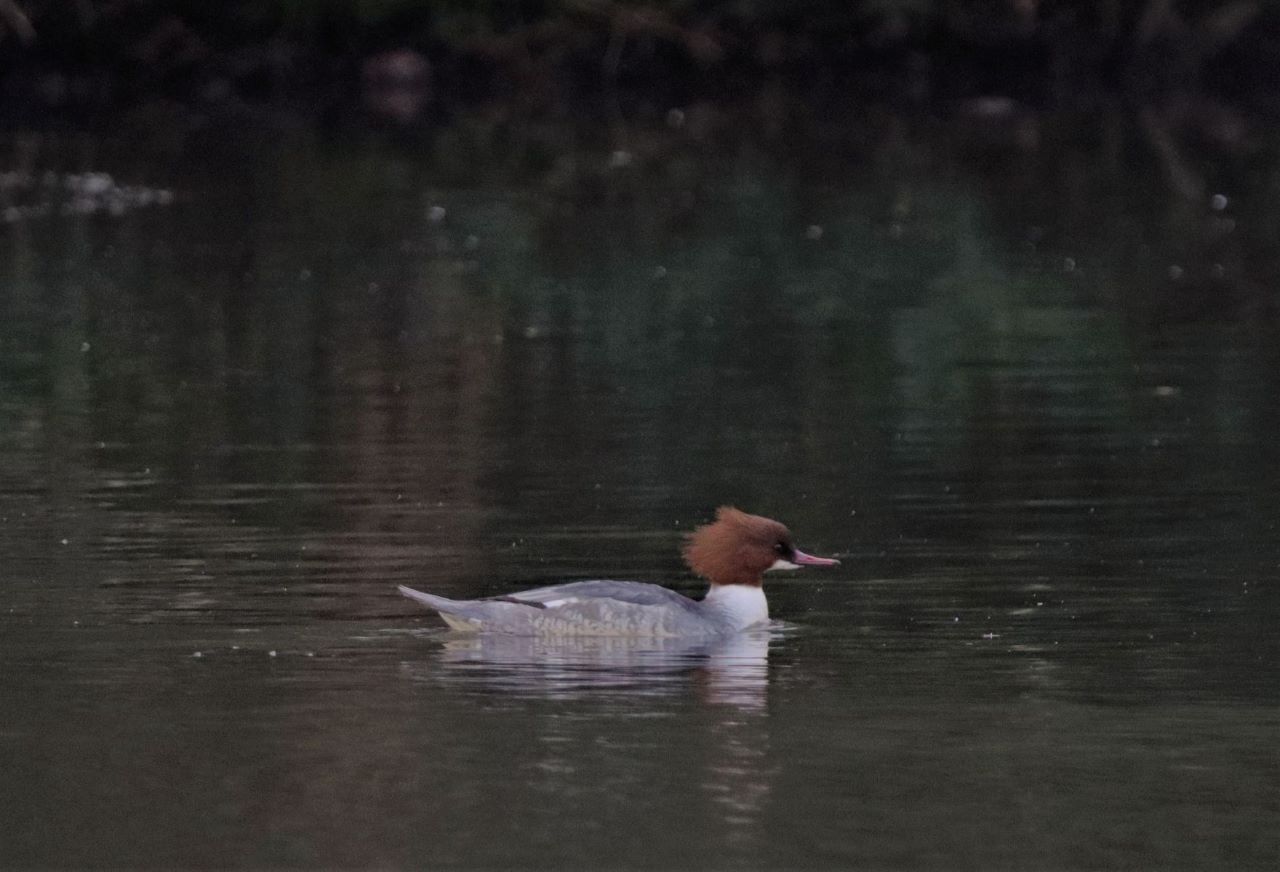
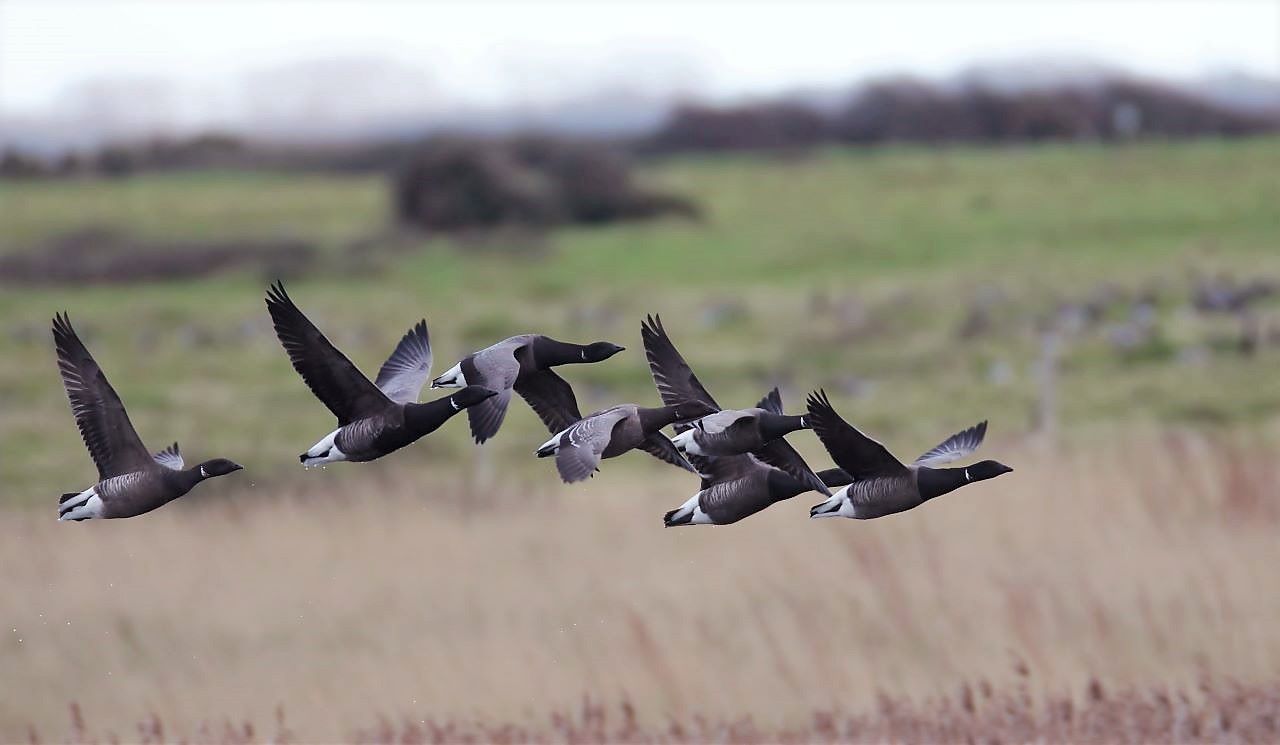
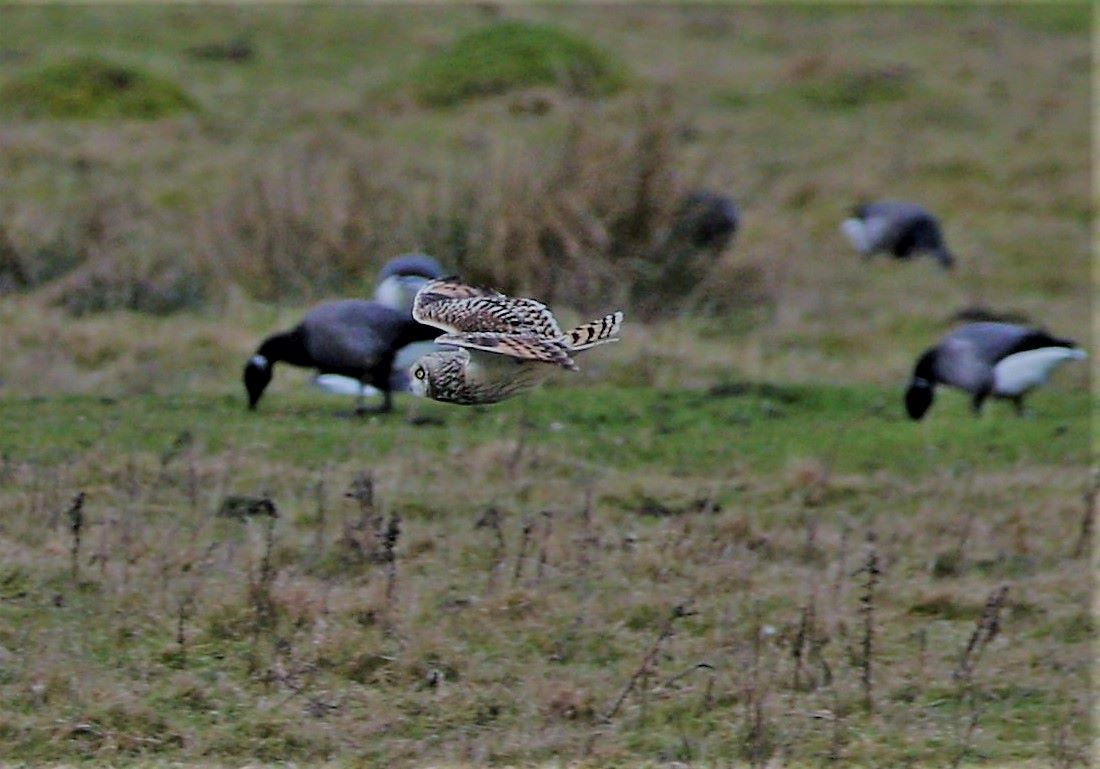



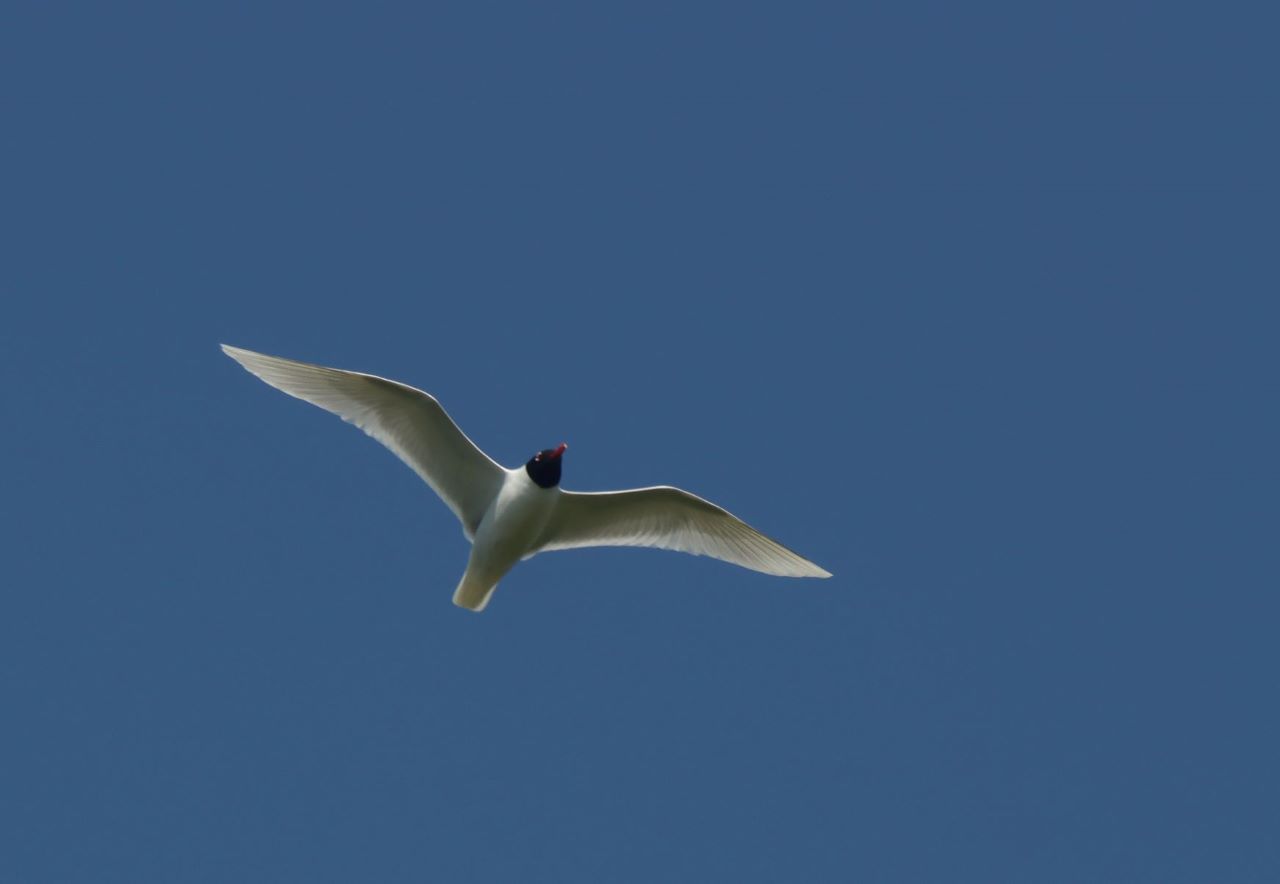
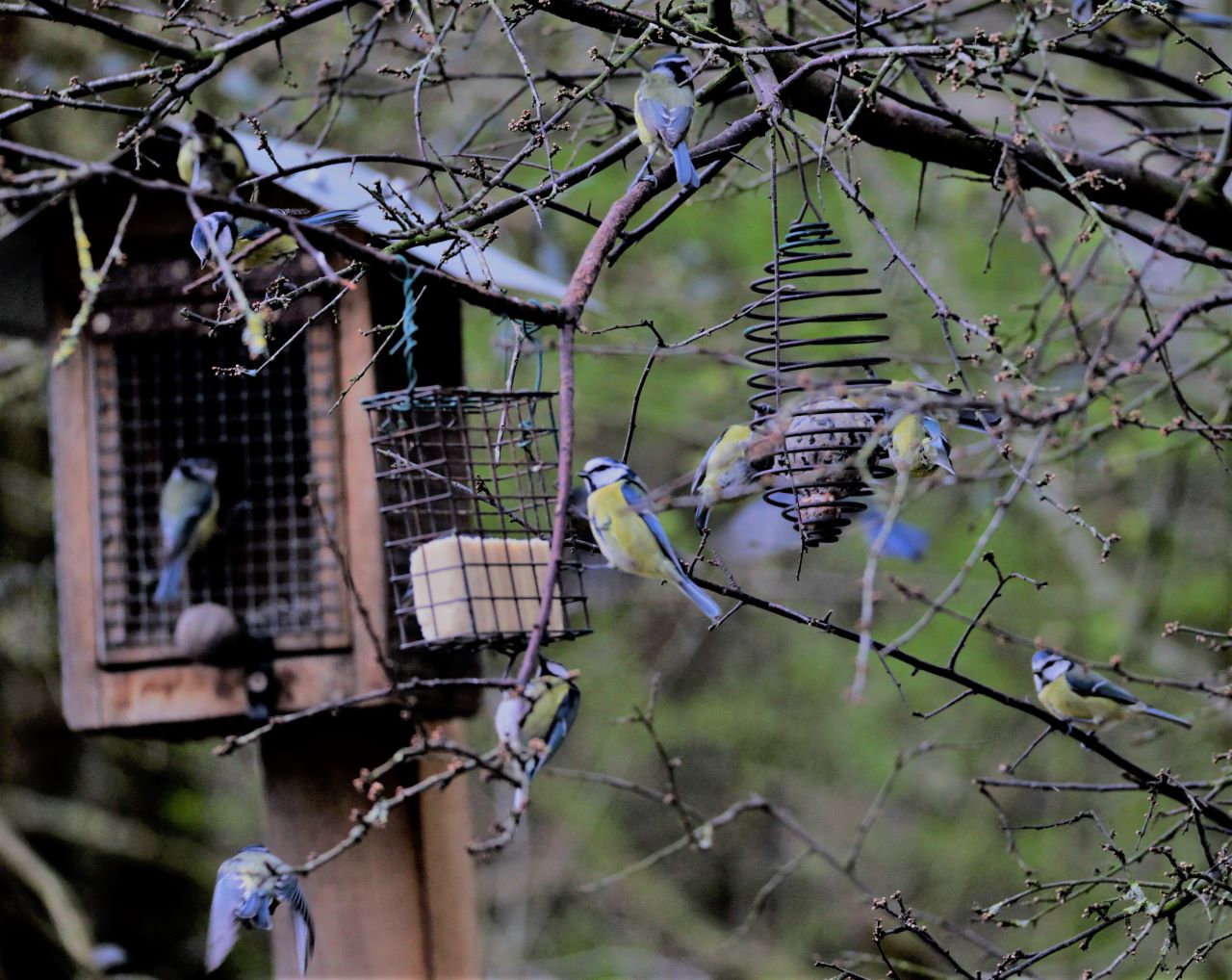

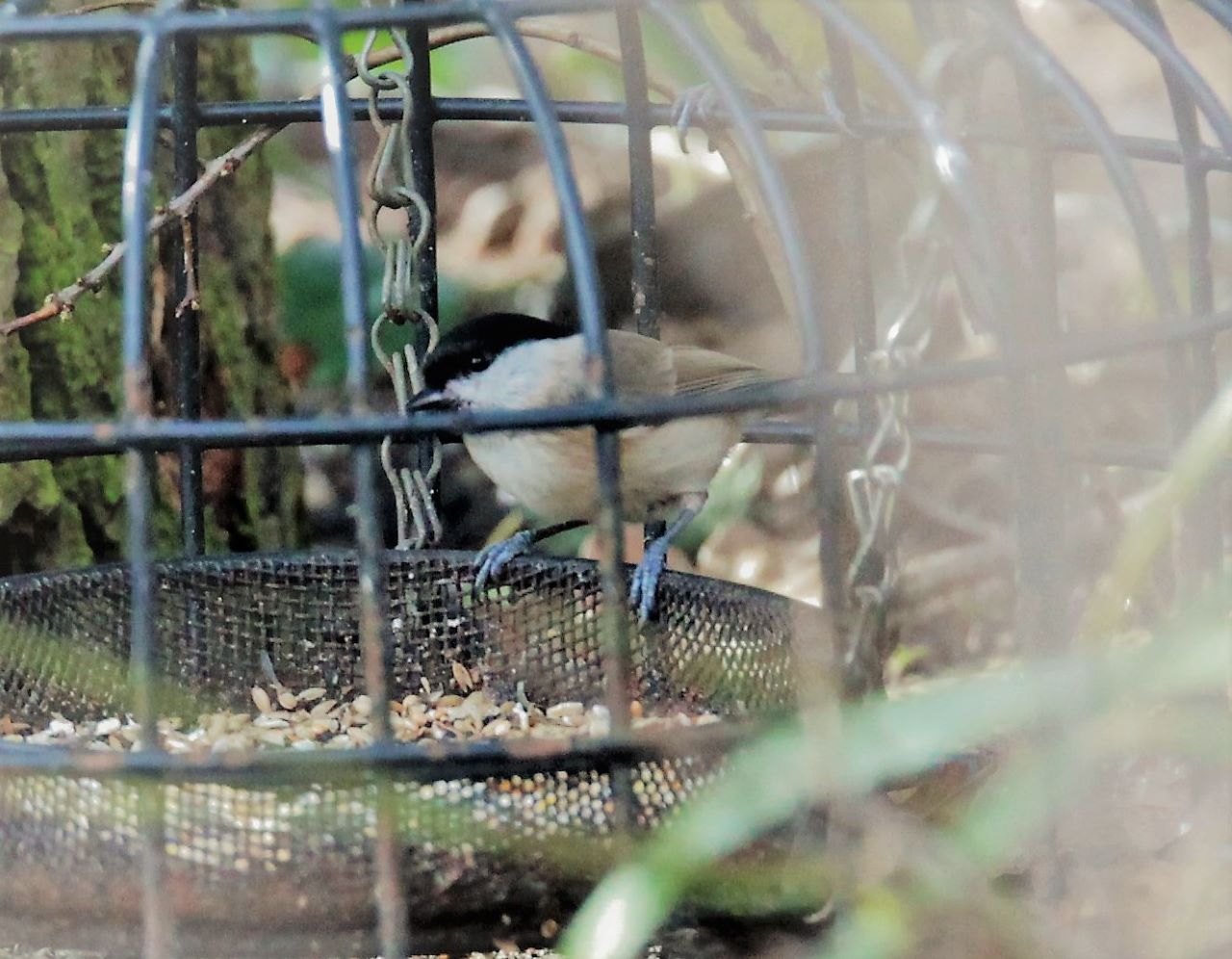






Olive Wholey
March 18, 2023 at 10:53 am
As always, so uplifting and much appreciated, especially the wonderful photo of the male kingfisher. Thank you.
Ben Smithies
March 31, 2023 at 11:28 pm
Thanks to Malcolm Fincham – great photos, keep them coming.